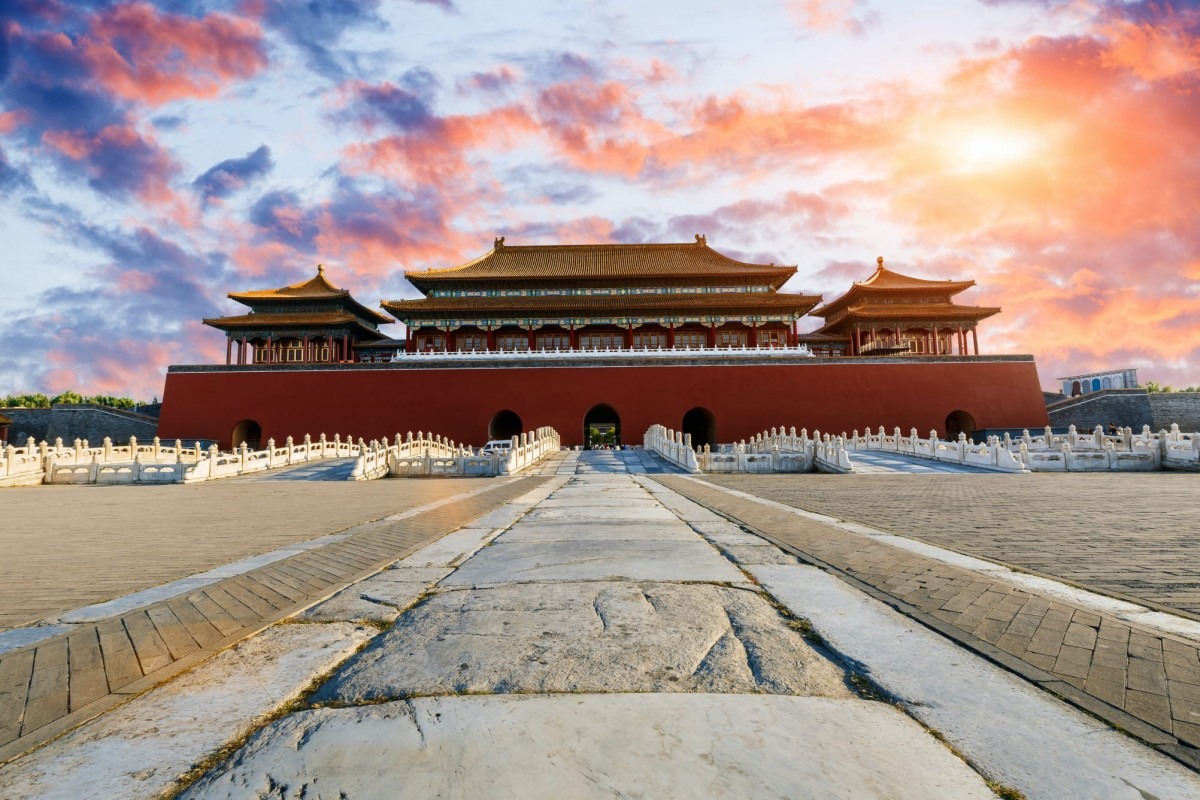
Apart from the vibrant culture that China has stitched into its environment, the ongoing Spring Festival added to the tourists’ source of attraction that started on Jan. 22. According to CGTN, a leading news outlet, tourists from all around the globe flocked to China’s ski resorts to enjoy winter sports during the week-long Spring Festival holiday and recollected the energy through games and gossip for the whole year to come.
Chinese New year is celebrated by around 20% of the world and is the most crucial holiday event in China.
China, the epicenter of the novel COVID-19 in the face of Wuhan, had brought a set full of social miseries for its people because of travel restrictions and many festive activities that crowded the citizens. But now, with most of the COVID restrictions uplifted, the spring festival was celebrated in full swing across various country cities. According to global times, after shaking off stricter COVID-19 controls as the country has downgraded COVID-19 management from Class A to Class B, its economy is widely expected to take off, initially as a result of unleashed consumption vitality. Economists around the centre made a prophecy that with the Spring Festival setting the tone for economic activities, the rebound of China’s economy should come well before the second quarter of 2023. The festival also proved to be a handsome source of income for the villagers and industrialists relating to the festival in any way.
Bloomberg.com shared a few astounding numbers that around 34,400 travelers toured the jagged mountain ranges of Huangshan in Anhui province on Jan. 24, the highest daily figure recorded during Chinese New Year since 2018, the area’s management informed the public. A national forest park in Hunan province had more than 60,000 sightseers the same day – a record high – with some claiming on social media that they were stuck on top of a mountain for hours, which gives us an idea about how much this event was eagerly awaited to be celebrated by the Chinese and its tourists. Demands for tickets, hotel rents, and food increased from the previously recorded figures in 2019. The snowy weather exacerbated the tour for some visitors. Still, the operator of Huangshan, a UNESCO World Heritage site, had to redirect tourists onto different paths to make the trip nerveless for its visitors.
Chinese New Year, also known as Spring Festival or Lunar New Year, is a 15-day long event with a rich history of being celebrated for over 4000 years. Previously, this event was a ceremonial day to pray to the gods for a good planting and harvest season. In an agrarian society, the harvest was everything. People also prayed to their ancestors, as they were treated as gods. Since the mid-1990s, the people of China have been given a week-long holiday to celebrate the festival with the tourists visiting China to boost its tourism sector, as it does this yearly too!






